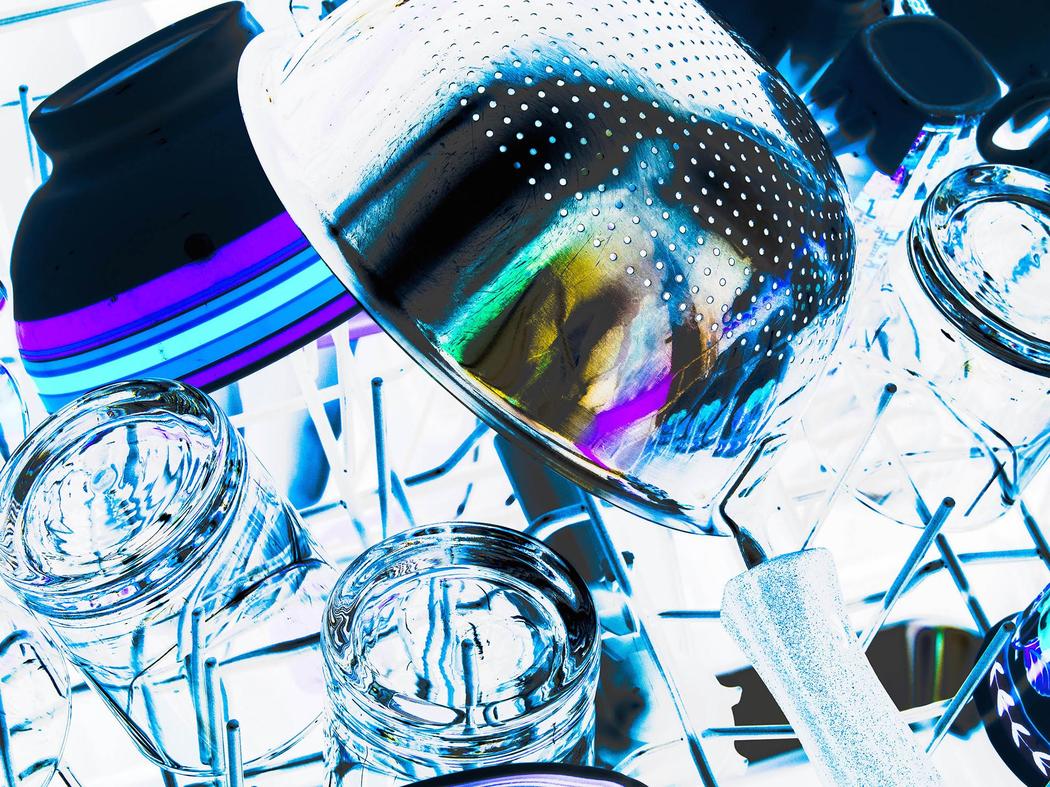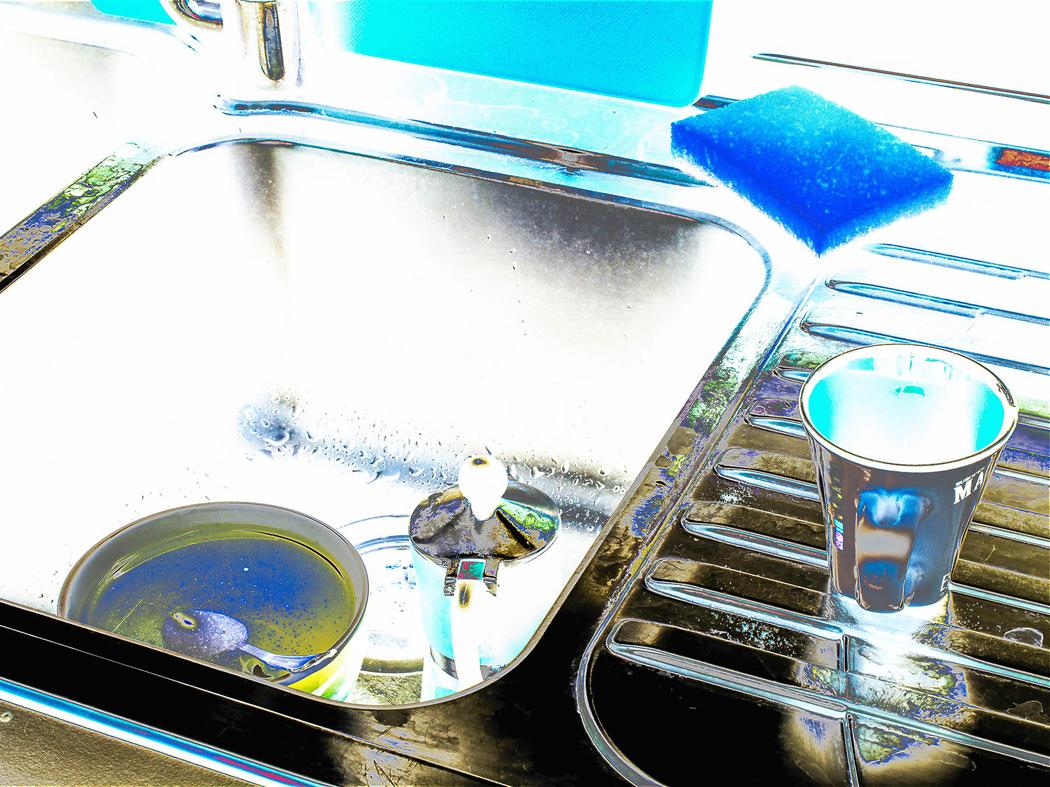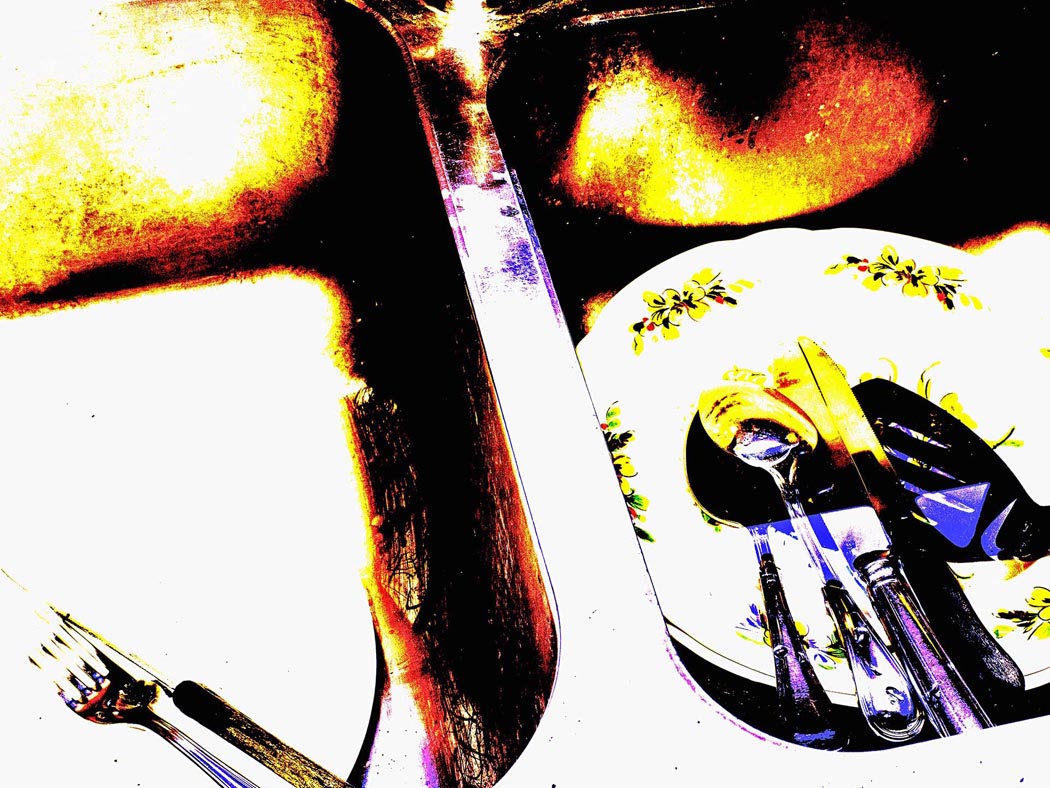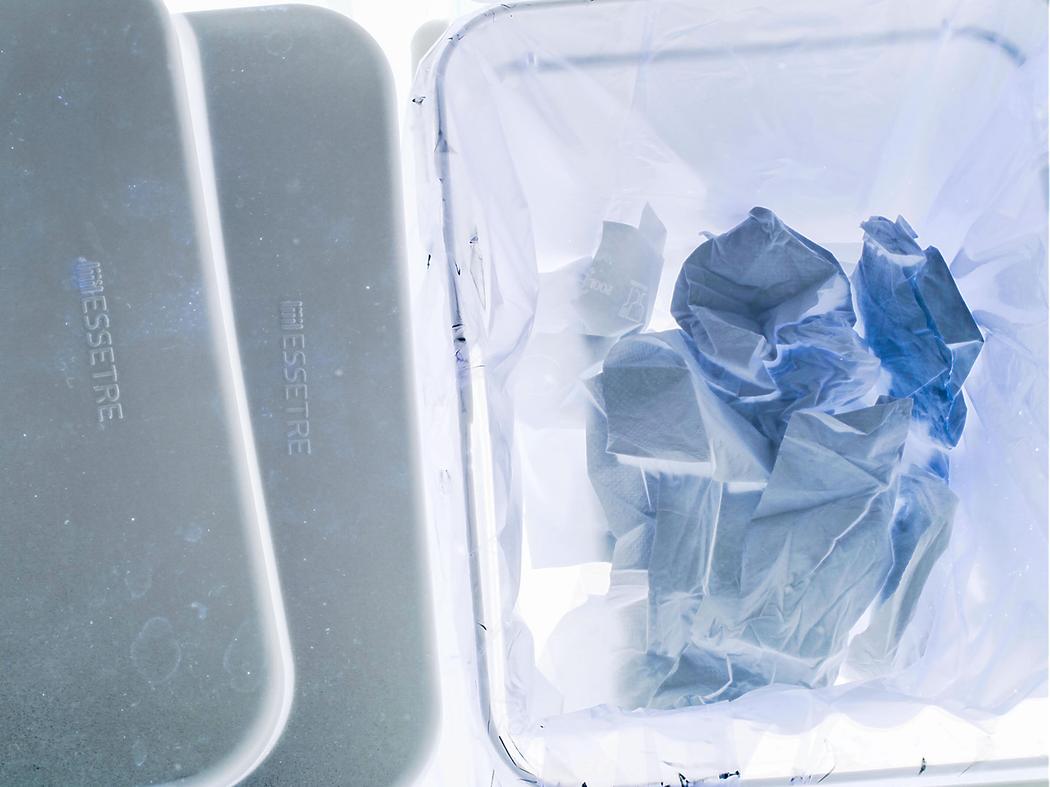Giorgio Gerardi
 Giorgio Gerardi | Dishwasher | 2025
Giorgio Gerardi | Dishwasher | 2025
How did your interest in the avant-garde art movements of the 19th and 20th centuries shape your approach to photography and art?
The avant-garde movements of the late 19th and early 20th centuries marked a radical turning point, abandoning the representation of reality to pursue two fundamental directions. On one hand, they turned inward, exploring dreams, emotions, symbols, and subjective visions in an effort to transcend the limits of objective perception and give form to the invisible. On the other hand, they initiated a profound analysis of the medium and of the very language through which the image is produced.
Rather than merely depicting the world, art began to question its own codes and expressive tools. This marked a decisive break from the illusionistic tradition that had developed from the Renaissance through the 19th century—a shift accelerated by the invention of photography, which gradually assumed the narrative space once occupied by painting.
From the very beginning of my photographic practice, I have felt the need to go beyond the mere representation of reality. Instead, I have sought to use the camera as a tool for experimental exploration, drawing inspiration from artists such as Man Ray, László Moholy-Nagy, and Ugo Mulas.
 Giorgio Gerardi | Dishwasher | 2025
Giorgio Gerardi | Dishwasher | 2025
Could you elaborate on your process of transforming everyday objects into aesthetic symbols? How do you select which objects to focus on?
In 1913, Duchamp took a bicycle wheel and mounted it on a stool, transforming an everyday object into a work of art and thereby introducing the concept of the readymade—a gesture that challenged aesthetic conventions and questioned the role of the artist as a traditional creator.
Conceptual art inherits and expands upon Duchamp’s legacy, shifting the focus from the object itself to the idea behind it: what matters is no longer formal beauty or the artist’s craftsmanship, but the concept the work conveys. Just as Duchamp, through his readymades, defied the traditional art system, conceptual artists question the work’s authenticity, value, and even the necessity of the art object itself.
At the same time, transforming everyday objects into aesthetic symbols means re-evaluating and reconsidering items to which we usually assign little or no value.
In both cases, art ceases to be primarily visual and becomes instead a space for critical reflection.
Your ‘Daily’ project emphasizes the mundane. How do you find beauty or significance in objects that are usually overlooked in our daily lives?
In my project “Daily,” I bring everyday objects to the forefront. There is no specific methodology in choosing the subjects, other than that they belong to the fabric of our daily lives—a sink, a dishwasher, an unmade bed, objects on a bathroom counter, an open refrigerator.
Our lives unfold within the everyday; we perform the same actions day after day, surrounded by the same objects, endlessly repeating gestures and routines.
Precisely because these actions are repetitive (and not exceptional), we tend not to assign them value—we often don’t even notice their presence; we simply overlook them.
In my work, I focus on these objects to restore their visibility, to cast them in a new light, and to allow them to emerge from the ordinary.
 Giorgio Gerardi | Dishwasher | 2025
Giorgio Gerardi | Dishwasher | 2025
In your works, we see a form of estrangement from the original context of objects. What do you hope to achieve with this transformation?
I hope that those who encounter my images can pause for a moment and see what is represented with new eyes. I’m interested in provoking a perceptual shift, even a subtle one—so that an object, a situation, or a fragment of reality may acquire a different weight, a new depth. I would like the viewer not merely to recognize what they see, but to question why that thing is there, how it is shown, and what value it might take on in another context or under a different light. I wish the images to act as small fractures in the surface of the everyday, capable of revealing something that often goes unnoticed—allowing each person, even for just a moment, to reclaim the hidden wonder within the ordinary.
 Giorgio Gerardi | Kitchen Sink | 2025
Giorgio Gerardi | Kitchen Sink | 2025
How do you see the relationship between functionality and aesthetics in your art? Can something functional be purely artistic in your opinion?
Art is found in everyday things. More than speaking of “art,” I prefer to speak of “something made with art.” In the world of images, this could be a film, an advertisement, a piece of reportage, a shop sign, a brand logo, or simply an object we use every day.
 Giorgio Gerardi | Kitchen Sink | 2025
Giorgio Gerardi | Kitchen Sink | 2025
The use of AI in your recent works is intriguing. How do you incorporate AI into your creative process, and how does it affect the final outcome of your pieces?
I’ve used Artificial Intelligence for several image and video series, and I have to say I really enjoyed it. I was surprised by the software’s ability to interpret commands and produce finished works.
It’s impossible to fully control AI—there’s always an element of randomness, and that’s exactly what I like about it, because it continually manages to surprise me.
 Giorgio Gerardi | Rubbish Bin | 2025
Giorgio Gerardi | Rubbish Bin | 2025
How do you feel your work fits into the broader conversation about the representation of everyday life in art?
I don’t know; I honestly have no idea. My goal is for those who look at my images to be somehow surprised by what they see, prompting them to question what the original subject might be. I’m interested in rescuing ordinary things from their “invisibility.” I’m not interested in documenting reality in the traditional sense, but rather in highlighting those details that often escape our attention.

Leave a Reply